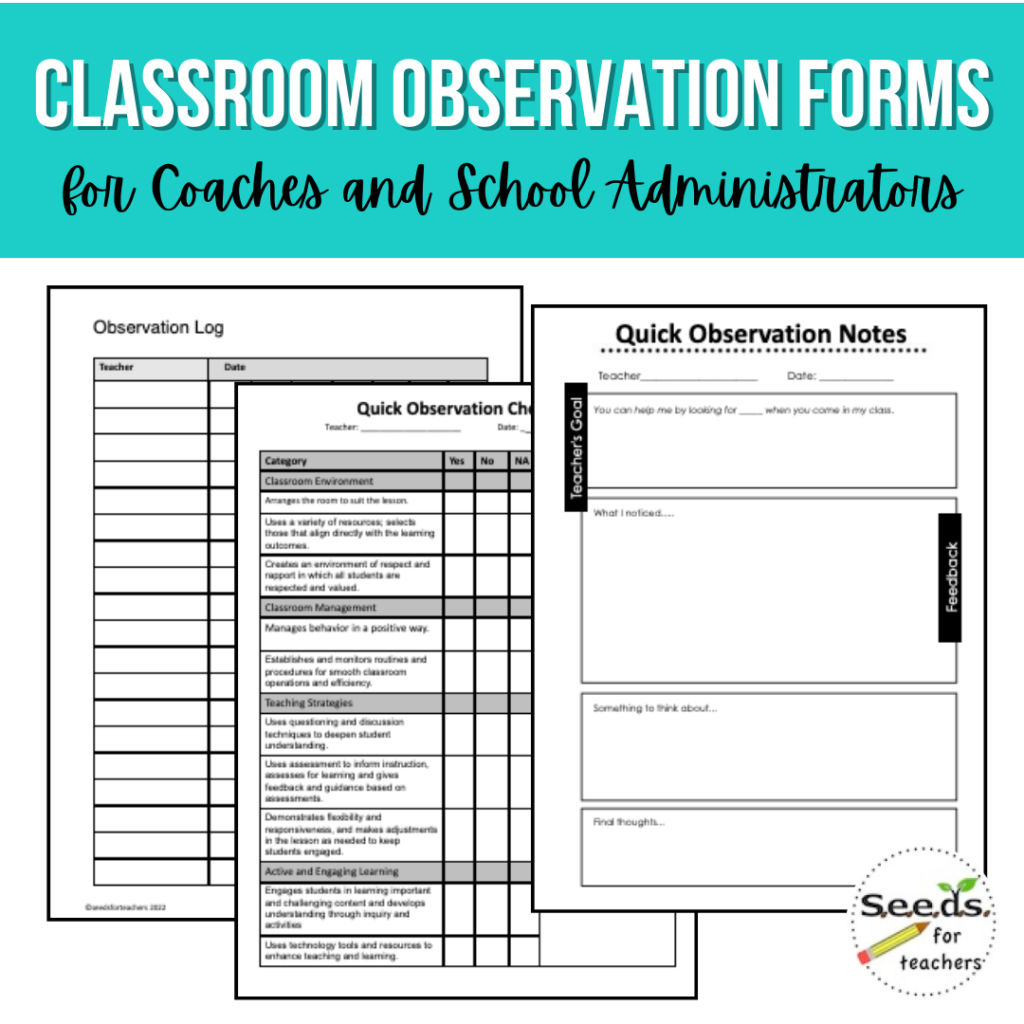As an instructional coach, your role is pivotal in supporting teachers, enhancing classroom instruction, and improving student learning outcomes. However, to make the most significant impact, you need more than just good intentions – you need data to inform your decisions, evaluate progress, and measure effectiveness. Tracking the right data can help you pinpoint areas for growth, adjust strategies, and ultimately foster a culture of continuous improvement in your school.
But what data should you track? Below are the key types of data every instructional coach should consider collecting and analyzing.
1. Teacher Interaction and Feedback
One of the most valuable pieces of data an instructional coach can gather is feedback from teachers. This data can be collected in various ways, including through surveys, one-on-one meetings, and informal conversations. Tracking teacher feedback will help you understand their needs, challenges, and perceptions about coaching support. In turn, you can use that information to prioritize PDs and types of support you offer.
You also need to track how often you are interacting with each teacher in your building. This can include classroom observations, conversations, resources you provided. This is how you account for your time. You can pull out this data to show administrators real numbers about what you do all day.
What to Track:
- Summary of conversations with teachers
- Classroom observations, coaching sessions and trainings you have conducted
- Teacher satisfaction on professional development
- Teacher self-reflection and goal-setting progress
2. Teacher Practices and Instructional Strategies
Monitoring how teachers implement new strategies and practices is essential to understanding how effectively they are translating coaching into their teaching. Observations of classroom practices give insight into how teachers apply the techniques and methods discussed during coaching sessions or professional development trainings. This can also help identify areas where further support or adjustments are needed.
What to Track:
- Teacher use of specific instructional strategies or techniques
- Classroom observations (both formal and informal)
- Changes in instructional practices over time
- Alignment between lesson plans and curriculum standards
There are several forms I use for observations in my TPT store.
3. Coaching Data
Another essential set of data is related to the coaching sessions themselves. Tracking the content, frequency, and outcomes of your interactions with teachers can help you assess the overall effectiveness of your coaching program. This data will also highlight trends, such as which areas of instruction are receiving more focus and whether teachers are making progress toward their goals.
What to Track:
- Session topics and objectives
- Duration of coaching sessions
- Follow-up action items or resources provided
- Teacher progress toward goals set during coaching
A lot of coaches create an action plan at the beginning of their coaching cycle. At the end, I like to have reflection questions and a survey for teachers to complete.

4. Professional Development Participation
Tracking professional development (PD) attendance and participation is important because PD is a key aspect of instructional coaching. Data on who attends PD, which sessions they attend, and how they apply what they’ve learned in the classroom will help you gauge the effectiveness of these opportunities and whether they are meeting teachers’ needs.
What to Track:
- Attendance at workshops, seminars, or webinars
- Follow-up feedback from PD sessions
- Teacher application of PD content in the classroom
- Long-term impact of PD on teaching practices and student outcomes
Tracking the right data as an instructional coach is essential for driving improvement in teaching and learning. By regularly assessing teacher interaction, instructional strategies, and professional growth, you can provide targeted support that leads to meaningful change. Moreover, using data allows you to make evidence-based decisions, demonstrate the impact of your work, and continuously refine your coaching practices to meet the ever-changing needs of your teachers and students.
Ultimately, the data you track should reflect your school’s goals and priorities while supporting your ongoing mission to elevate teaching and improve student learning outcomes.
More posts you might like:




